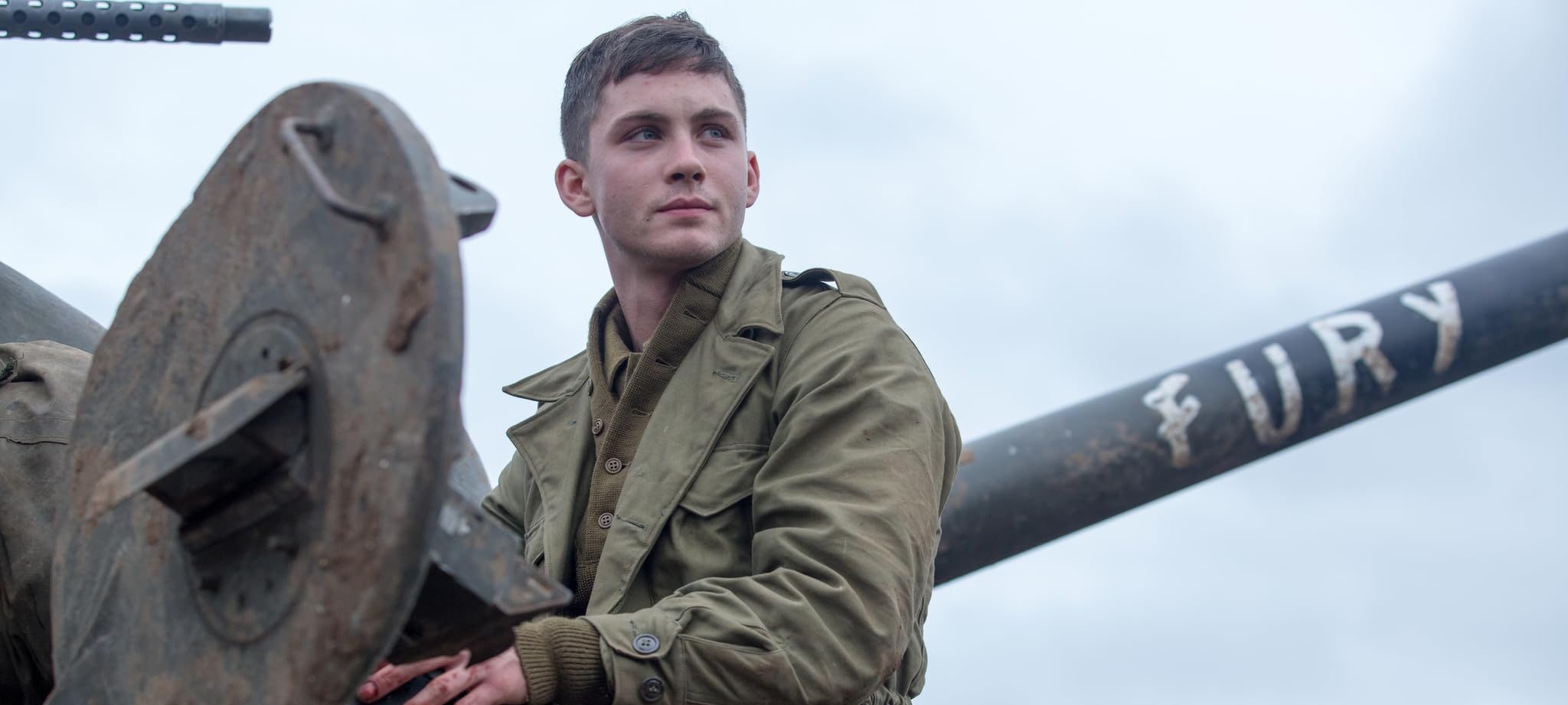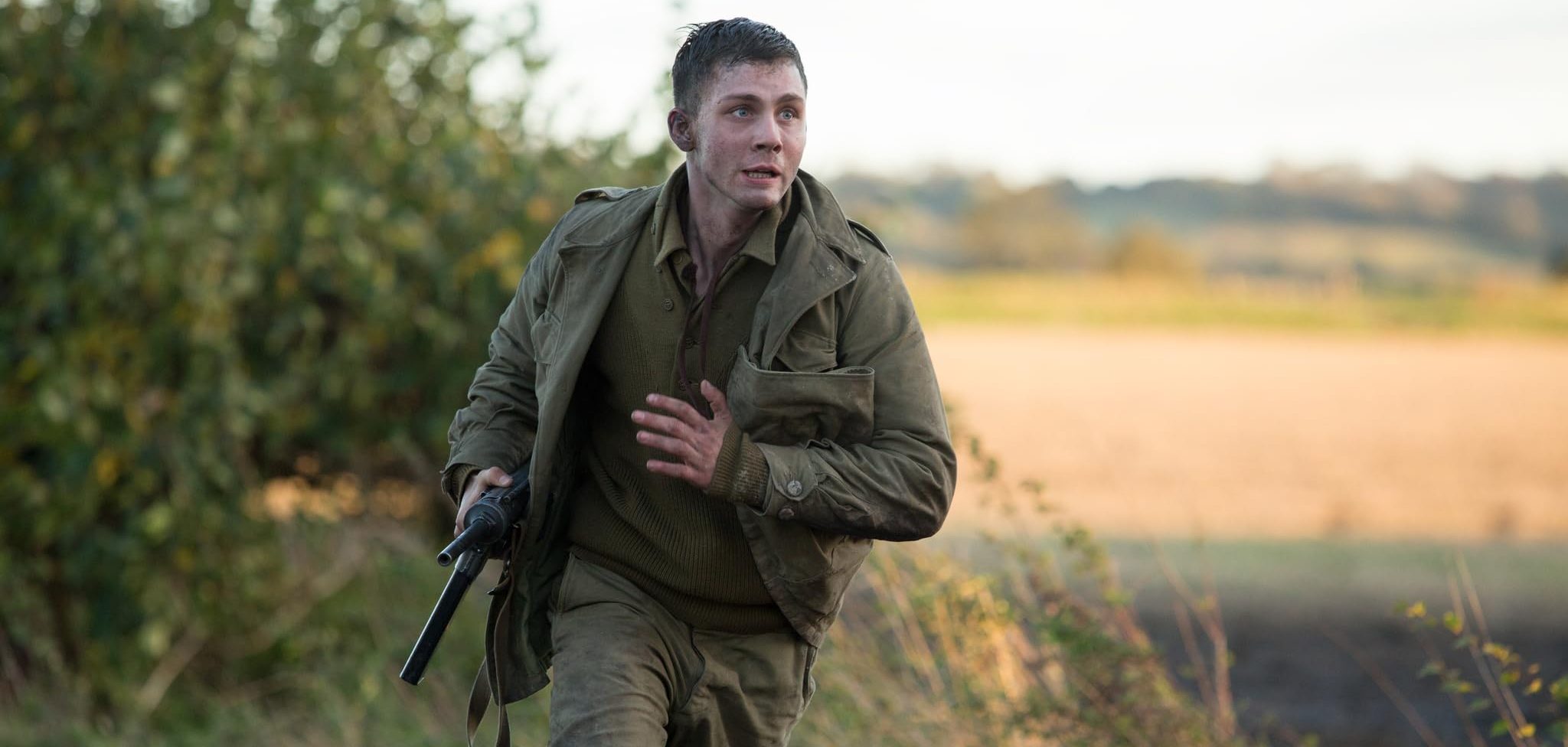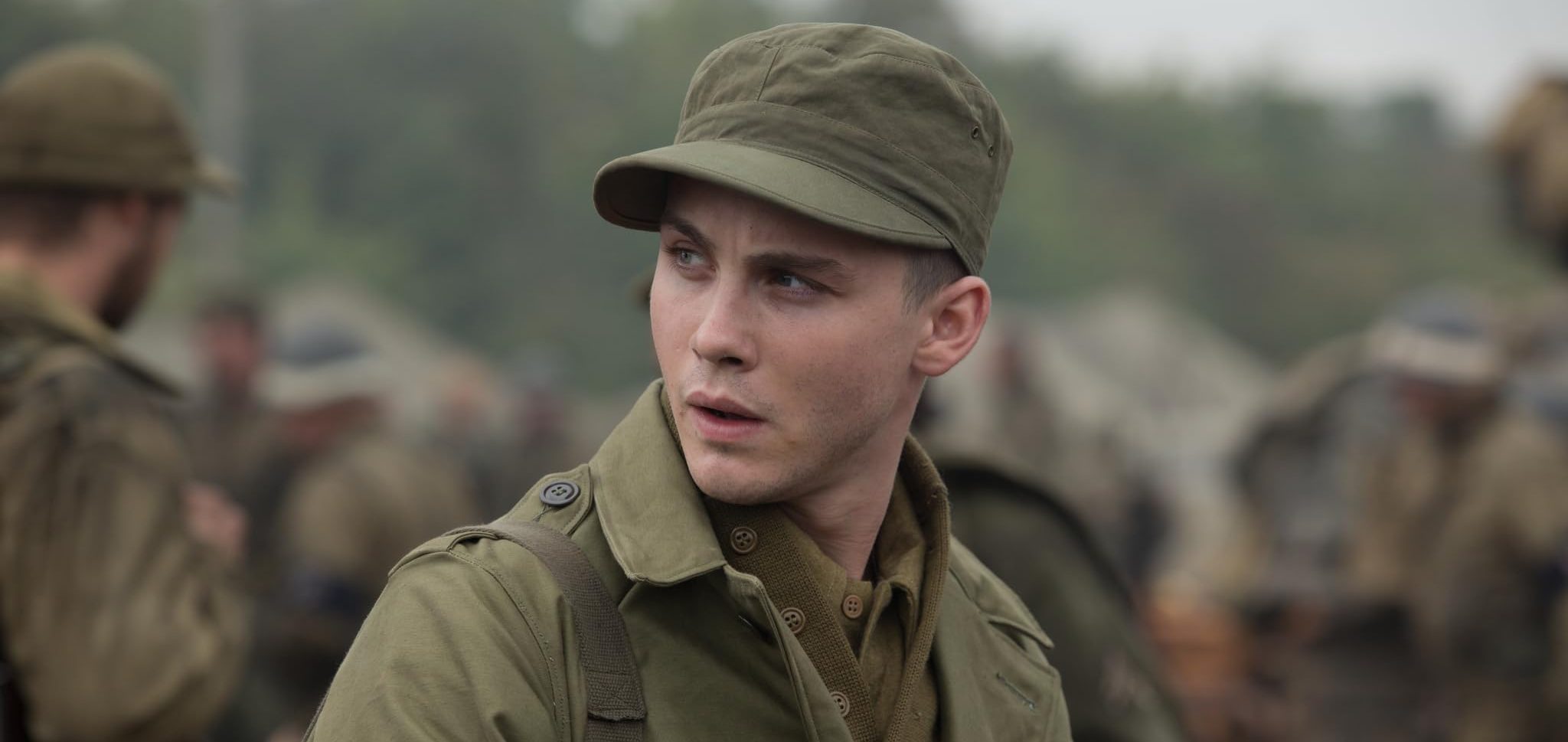In David Ayer’s war film ‘Fury,’ Logan Lerman’s Private First Class Norman “Machine” Ellison loses his innocence after becoming the assistant driver and bow gunner of Fury, a medium tank of the U. S. Second Armored Division. Norman lands in Germany without any prior experience on a battlefield, which forces his commander Don “Wardaddy” Collier to make him kill Nazis against his wishes. Norman eventually realizes that murder is not an option in war and he starts to kill his enemy soldiers as the gunman of the tank. Norman is not based on a real soldier but the character has several ties with reality!
The Intention and Inspiration Behind Norman Ellison
Like the film itself, Norman Ellison is a fictional character who doesn’t have a real-life counterpart. Having said that, he can be seen as a representative of the several soldiers who fought in the Second World War without any training. “My research indicated that after the Battle of the Bulge, and into the spring of 1945, the U.S. Army was suffering manpower shortages. There are many accounts from Armor Division veterans recalling replacements arriving with zero armor training. Zero,” Ayer wrote in Foreign Policy. “This was common and a serious issue the divisions wrestled with, sometimes forming ad-hoc training platoons for a very quick tank school,” he added.

Ayer conceived Norman after learning about these soldiers who became a part of the U. S. Army without armor training. He then used the character to depict how soldiers were forced to make difficult decisions throughout the war. “There was a very, very difficult side to the fighting. And the choices people would make were very difficult. That’s what the movie’s about,” Ayer told the Daily Express. “It’s about these hard choices. It wasn’t black and white. The war was black and white, it was good versus evil, but the daily fighting and the daily life was cold, wet, miserable, tired, scared, angry,” the filmmaker added.
Throughout the film, Norman learns to make the aforementioned difficult choices, starting with killing a fellow human being. He arrives in Germany with a clear conscience, only for his commander Don “Wardaddy” Collier to teach him that every German he spares is his potential killer. When Don makes it clear that it is “either him or them,” Norman stomps on his morals and conscience to kill the Nazis. While his fellow soldiers get attacked, Norman is forced to abandon Emma, with whom he shares intimacy and affection. Through his separation from Emma and inability to protect her, Ayer’s film depicts how human relationships ceased to survive during wartime.
Ayer was inspired by the tales of his own grandfathers, both of them World War II veterans, to make the movie. “Both of my grandparents were in World War II and retired as officers. One fought in the Pacific and one fought in Europe. The whole family was in the war. I grew up exposed to it and hearing the stories, but the stories I heard weren’t kind of the whole ‘Rah, rah, rah! We saved the world!’ They were about the personal price and the emotional price,” Ayer told CinemaBlend. Through Norman’s loss of innocence, the film depicts the “emotional price” the director discussed.

When Norman gets saved by American soldiers as a hero, he comes out of Fury as someone who lost everything, including his father figure Don, and his wartime brothers. He doesn’t emerge from the tank as an exemplary figure but as someone who has to deal with the “personal price” of war. His sense of loss is something several World War II veterans can relate to. Furthermore, ‘Fury’ ends with Norman confessing his fear to Don while adding that he is considering surrender, which contradicts the heroic glorification of wars. Like him, several real-life soldiers did accept their fear and considered surrender when the enemies closed down on them.
Even though there isn’t a real Norman, there are former soldiers “like” him, including Ken Tout, a World War II veteran. Similar to Norman, Ken was also a “gunner” of a M4 Sherman. “When you first saw a tank – this ugly, trundling, noisy monstrosity – you thought that somehow or other you’ve got to fold yourself up and get inside that. And there was also the realization that the role of the tank was to go out in front and be shot at,” Ken told The Telegraph about seeing an M4 Sherman for the first time. His experience isn’t different from Norman’s in the war drama.
Read More: Movies Like Fury


You must be logged in to post a comment.